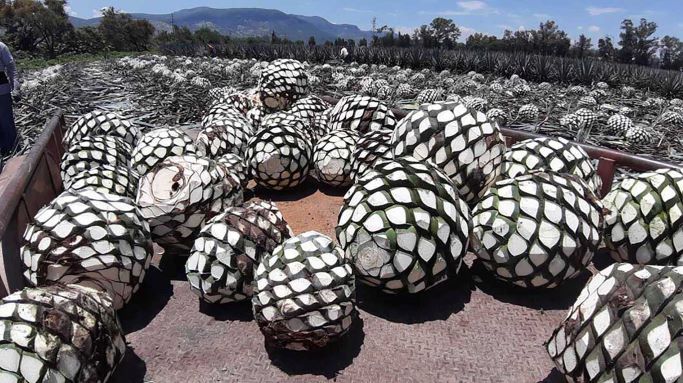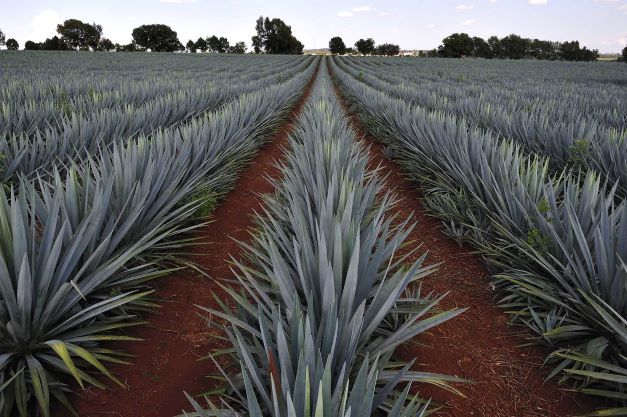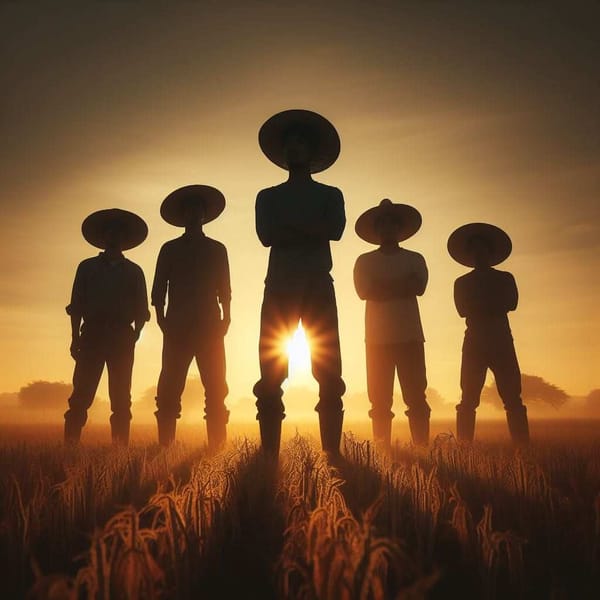Research resolves agave shortage to continue tequila production
Research shows that young agave plants can be used without altering the quality parameters of the beverage. Read the article and learn more.

Thanks to research by the Autonomous University of Guadalajara (UAG), it was discovered that young agave plants can be used in the production of Tequila without altering the quality parameters and authenticity of the beverage, which will strengthen this industry.
In recent years, there have been problems of agave shortage in the region. According to Dr. Luis A. Romero Cano, Research Professor at the UAG and one of the participants in this project, the growing demand for Tequila and its commercial expansion to international markets has caused a particular shortage of the Agave Tequilana Weber blue variety plant, the raw material used in the production of tequila.
According to historical data, it has been evidenced that this shortage phenomenon occurs every 7 or 8 years due to the time it takes for the agave plant to mature for its subsequent harvest since the agave is harvested just before flowering when the plant has maximum sugar content.
Data shared by the Tequila Regulatory Council (CRT), from 1995 to 2012 there was a transition from an oversupply of agave to shortage, and then to oversupply, which impacted the price of the raw material. As a result, cases of adulteration and counterfeiting of the product began to be detected, as unfair producers began to use agave plants of different species or harvested outside the territory that corresponds to the Tequila Appellation of Origin.
To avoid falling into these unfair practices and guarantee the high-quality standards of the beverage, several tequila companies have begun to use younger agave plants (between 4 and 6 years old) in their processes. However, there was a suspicion that this practice could alter the general characteristics of the product, which could affect the quality parameters and authenticity of the beverage. This is where the scientific research developed at the UAG begins.

Professors Dr. Armando Campos Rodríguez, Dr. Marco A. Zárate Navarro and Dr. Ana Itzel Zárate Guzmán, researchers from the Biotechnological and Environmental Department, together with a tequila company in the region, developed a project focused on scientifically supporting the practice of using younger agave plants (4 to 6 years old).
As a result of the project, the article "Effect of Age of Agave tequilana Weber Blue Variety on Quality and Authenticity Parameters for the Tequila 100% Agave Silver Class: Evaluation at the Industrial Scale Level" was recently published in the FOODS magazine of the MDPI publishing house, which is indexed in the Journal Citation Reports with an impact factor of 4.35.
The main authors were Efraín Acosta Salazar and Rocío Fonseca Aguiñaga, graduates of the Master's program in Tequila Processes at UAG, as well as Walter Manuel Warren Vega, a graduate of the Pharmaceutical Chemistry and Biology program at UAG. Directed by the aforementioned group of professors.
More data
The results have been of great interest for the international scientific community, as well as for Tequila producers and consumers since it is demonstrated that the use of agave plants with different ages (4, 5, and 6 years) in the production of 100% agave tequila white class does not harm quality parameters. These results are supported because, after the second distillation, the product complies with the parameters of the official standard NOM-006-SCFI-2012. Read more on the tequila production process here.
The evidence obtained is discussed in detail in the scientific article, as well as in Efraín Acosta's Master's Thesis, which he completed under the direction of Dr. Armando Campos and Dr. Ana I. Zárate Guzmán. The results strengthen previously published studies in which the determination of the isotopic ratio of carbon 13 and oxygen 18 as auxiliary parameters in the authenticity of the beverage is presented.
This information can be useful as an auxiliary parameter to ensure, from the contents of a bottle, whether the beverage has been made from a blue variety Agave Tequilana Weber plant and to corroborate the geographic location where the product was made. It shows that an effective strategy to face the scarcity and oversupply of raw material to produce 100% silver class tequila is the use of young agave (4 years old).
The authors are grateful for the support received from the Dean's Office of Design, Science, and Technology, as well as the UAG's Research Department, to achieve the publication of the article through an open service so that the research content can be accessed free of charge. To learn more, you can access the material published by the researchers in this link: https://www.mdpi.com/2304-8158/10/12/3103/htm




